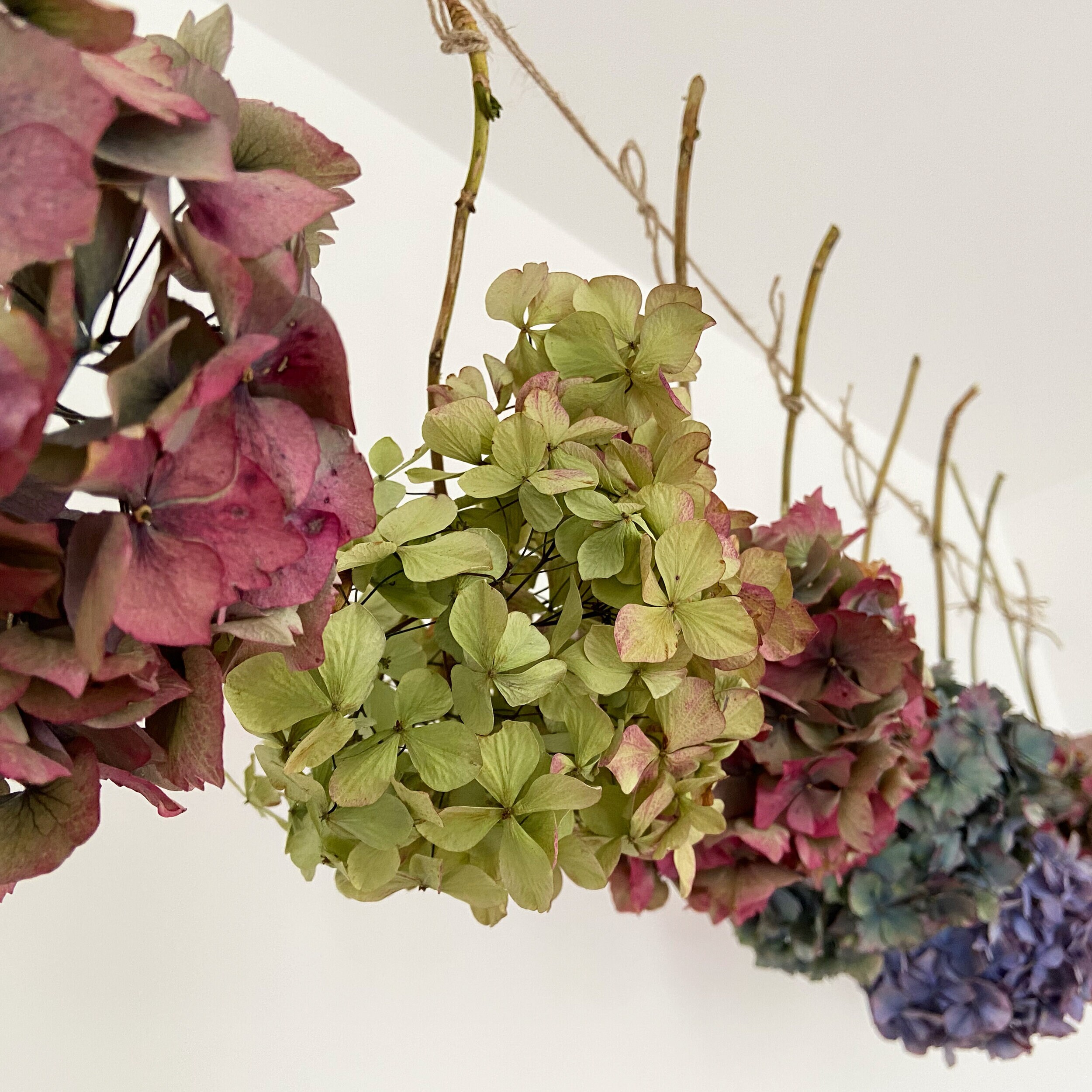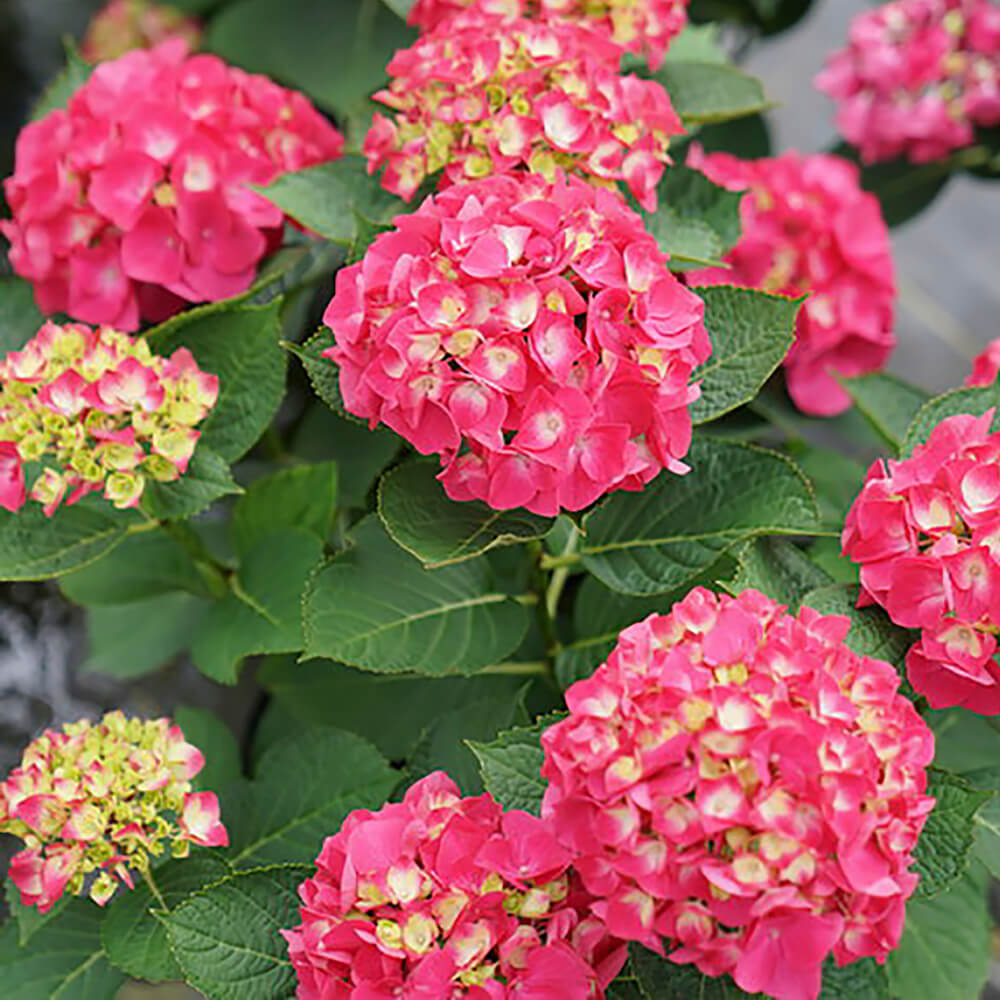Wee Bit Grumpy Hydrangea: The Compact Colorful Shrub That's
Wee Bit Grumpy Hydrangea: The Compact Colorful Shrub That's Perfect for Small Spaces
If you're looking for a compact, colorful shrub that's perfect for small spaces, look no further than the Wee Bit Grumpy Hydrangea. This hardy plant produces large, mophead blooms in a deep, moody blue-purple color. The flowers are stunning against the plant's dark green foliage, and they'll add a touch of elegance to any garden.
Wee Bit Grumpy Hydrangea is a member of the Hydrangea macrophylla family. It's a reblooming shrub, which means it will produce flowers twice a year: once in the spring and again in the summer. The flowers are best displayed in full sun to partial shade, and they prefer moist, well-drained soil.
One of the best things about Wee Bit Grumpy Hydrangea is its compact size. It only grows to about 24 inches tall and 30 inches wide, making it a perfect choice for small gardens or containers. The plant is also relatively easy to care for, and it's resistant to most diseases and pests.
If you're looking for a beautiful, low-maintenance shrub for your garden, Wee Bit Grumpy Hydrangea is a great option. It's sure to add a touch of color and elegance to your outdoor space.
If you're looking for a unique and interesting hydrangea to add to your garden, the "wee bit grumpy hydrangea" is a great option. These hydrangeas are known for their small, compact size and their bright pink blooms. They're also relatively low-maintenance, making them a good choice for even the most novice gardeners.
To learn more about "wee bit grumpy hydrangeas," visit Home Gardening. You'll find a wealth of information on these unique plants, including how to care for them, how to propagate them, and where to find them.
FAQ of wee bit grumpy hydrangea
- Why is my hydrangea grumpy?
There are a few reasons why your hydrangea might be grumpy. One possibility is that it is not getting enough sunlight. Hydrangeas need at least 6 hours of sunlight per day to thrive. If your hydrangea is in a shady spot, try moving it to a sunnier location.
Another possibility is that your hydrangea is not getting enough water. Hydrangeas need regular watering, especially during hot, dry weather. Make sure to water your hydrangea deeply at least once a week.
Finally, your hydrangea might be grumpy if it is not getting the right nutrients. Hydrangeas need a balanced fertilizer, such as a 10-10-10 fertilizer. Apply fertilizer to your hydrangea according to the package directions.
- How do I make my hydrangea happy?
If your hydrangea is grumpy, there are a few things you can do to make it happy. First, make sure it is getting enough sunlight, water, and fertilizer. You should also prune your hydrangea in the spring to remove dead or damaged branches.
If you are still having trouble with your grumpy hydrangea, you can consult with a gardening expert. They can help you diagnose the problem and recommend solutions.
- What are the different types of hydrangeas?
There are many different types of hydrangeas, each with its own unique characteristics. Some of the most common types of hydrangeas include:
* Mophead hydrangeas are characterized by their large, round flower heads. They come in a variety of colors, including blue, pink, and white.
* Peegee hydrangeas are known for their long, cascading flower clusters. They are typically pink or white in color.
* Smooth hydrangeas have flat, disc-shaped flower heads. They are typically blue or pink in color.
* Tree hydrangeas are large shrubs or trees that can grow up to 20 feet tall. They have large, showy flower heads.
* Azaleas are technically not hydrangeas, but they are often mistaken for them. Azaleas have small, trumpet-shaped flowers that come in a variety of colors, including red, pink, and white.
- How do I care for a hydrangea?
Hydrangeas are relatively easy to care for. They need full sun or partial shade and well-drained soil. Water them regularly, especially during hot, dry weather. Fertilize them once a month during the growing season. In the fall, prune them to remove dead or damaged branches.
- How do I propagate a hydrangea?
There are a few ways to propagate hydrangeas. One way is to take cuttings in the spring or summer. Another way is to divide the plant in the fall. You can also sow seeds, but this method is less successful.
- What are some common pests and diseases that affect hydrangeas?
Some of the most common pests that affect hydrangeas include aphids, scale insects, and Japanese beetles. Some of the most common diseases that affect hydrangeas include leaf spot, powdery mildew, and rust. If you notice any pests or diseases on your hydrangea, treat them promptly with an appropriate pesticide or fungicide.
Image of wee bit grumpy hydrangea
10 different images of wee bit grumpy hydrangea that are free to use:







Post a Comment for "Wee Bit Grumpy Hydrangea: The Compact Colorful Shrub That's"